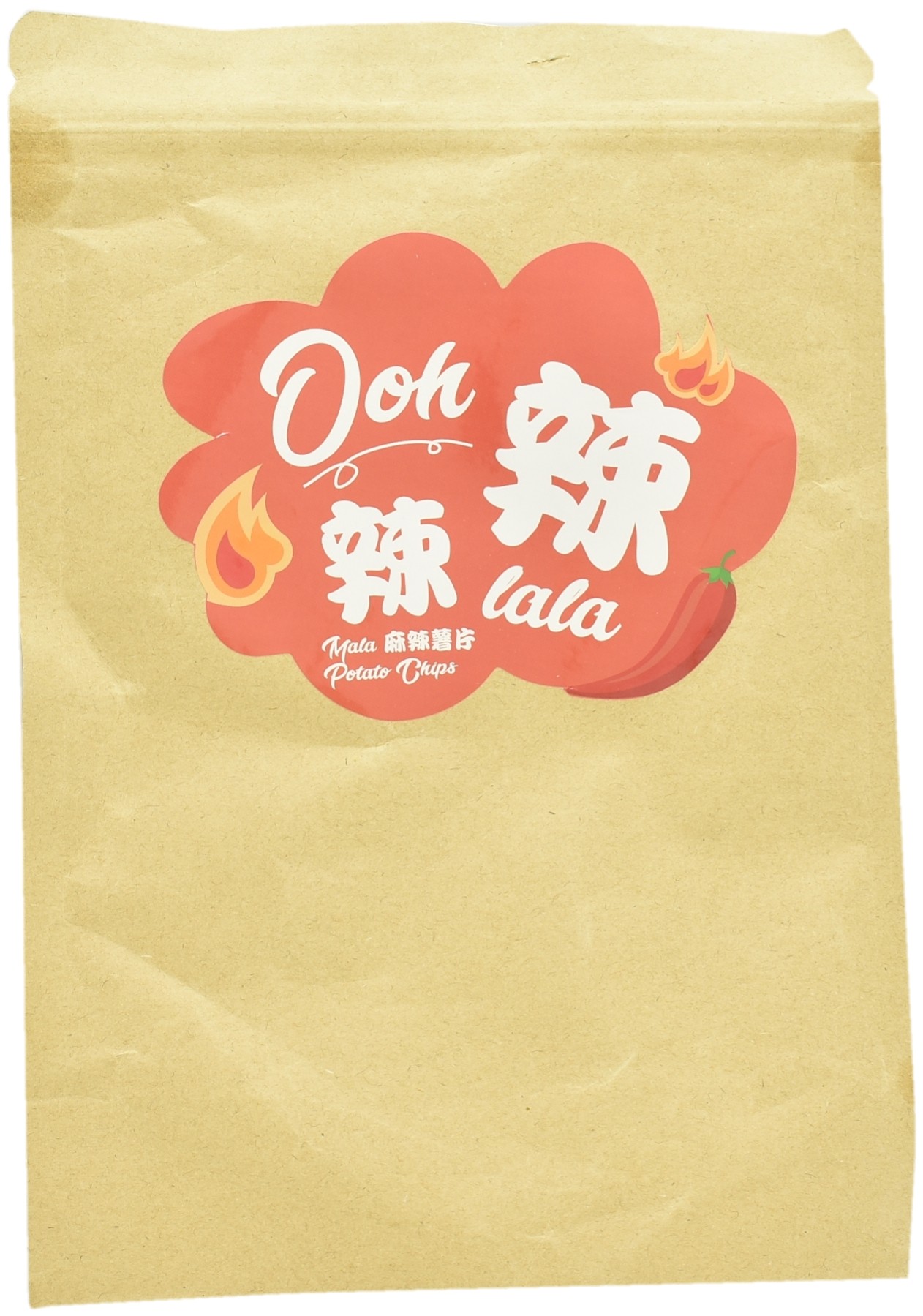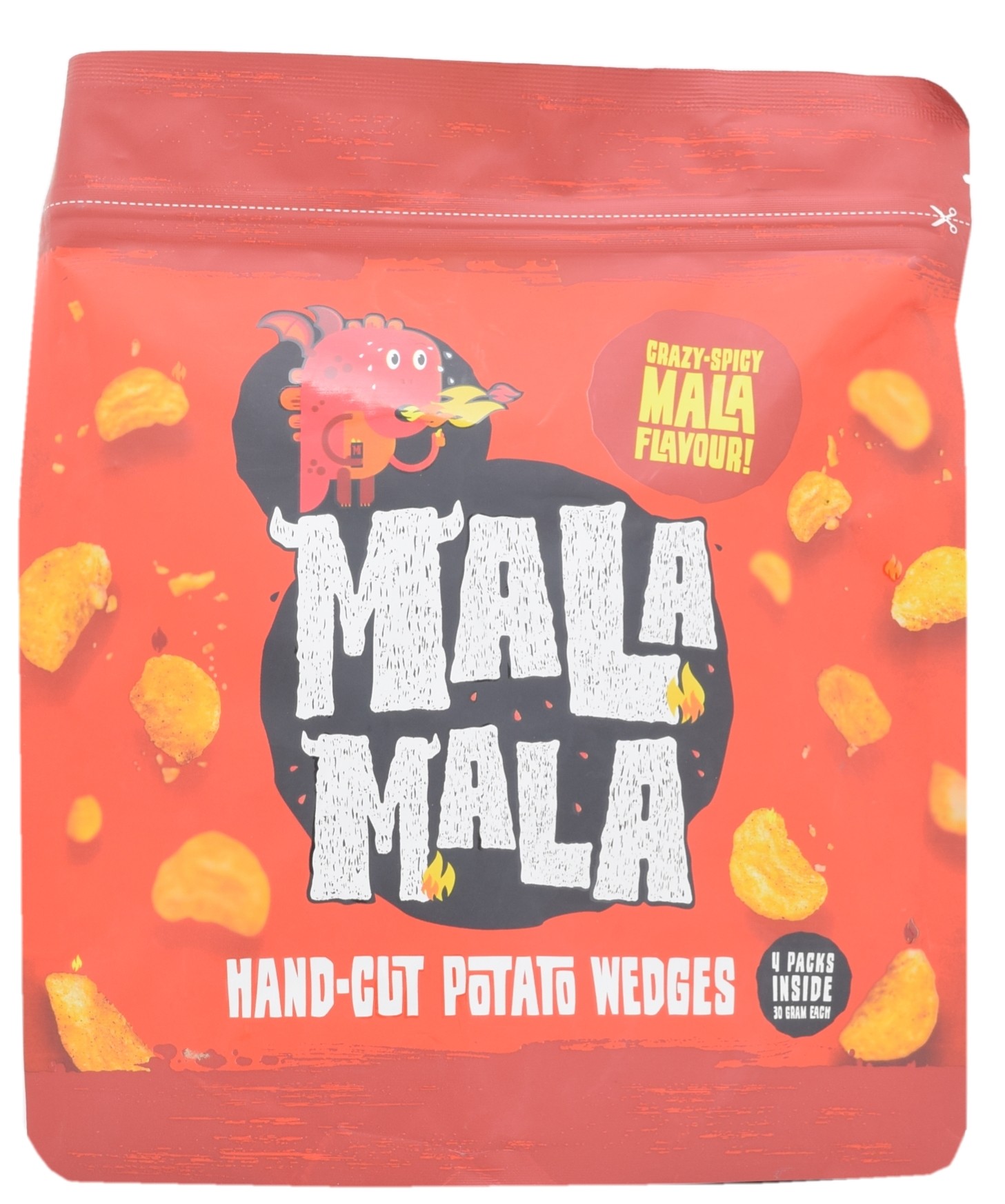Mala has been all the rage across Southeast, and in Singapore in particular where love of spicy food is a constant.
The emergence of mala hotpot restaurants in Southeast Asia plays a large role in popularising and exposing local diners to the mala taste. Mala hotpot restaurants are meeting demand from locals who are keen to try or have tried mala in China, as well as catering to diners from China who long for familiar food from home.
The craze over mala first started in Singapore’s foodservice scene with mala hotpot restaurants mushrooming across the country. This was followed by a slew of stir-fried mala hotpot (mala xiang guo) stores opening up shop in hawker centres and food courts. Today, we are even seeing mala versions of pizza and chicken rice.
Outside of the Foodservice sector, we’re seeing local Singaporean brands offer mala-flavoured packaged snacks trending.
[one_half]

[/one_half]
[one_half]

[/one_half]
However, when looking at the recent success of the more familiar tasting salted egg yolk in Southeast Asia, there are doubts as to whether mala can achieve the same level of popularity. The numbing sensation and spicy taste of mala is a unique experience, and appreciation for it may be polarised among consumers, thus limiting its mass market appeal.
Taking inspiration from wasabi
Mala shares sensory similarities with wasabi, otherwise known as Japanese horseradish, an ingredient that gives a nose-tingling sensation and is popular as a condiment for sashimi and sushi in Japanese cuisine.
In Southeast Asia, new snack launches with wasabi flavour have grown steadily rising 18% between 2016 and 2017, according to Mintel Global New Products Database (GNPD). Mala could follow wasabi and establish its own band of followers seeking the unique taste and sensory experience it offers.
What we think
While gaining in popularity across Southeast Asia, the mala ‘craze’ is unlikely to reach the same heights as the more familiar salted egg yolk because mala, like wasabi, lacks roots in local cuisine, and it has a more extreme and potentially polarising flavour. However, there is still potential to extend the flavour profile to snacks, a category in which wasabi has had some success.







































